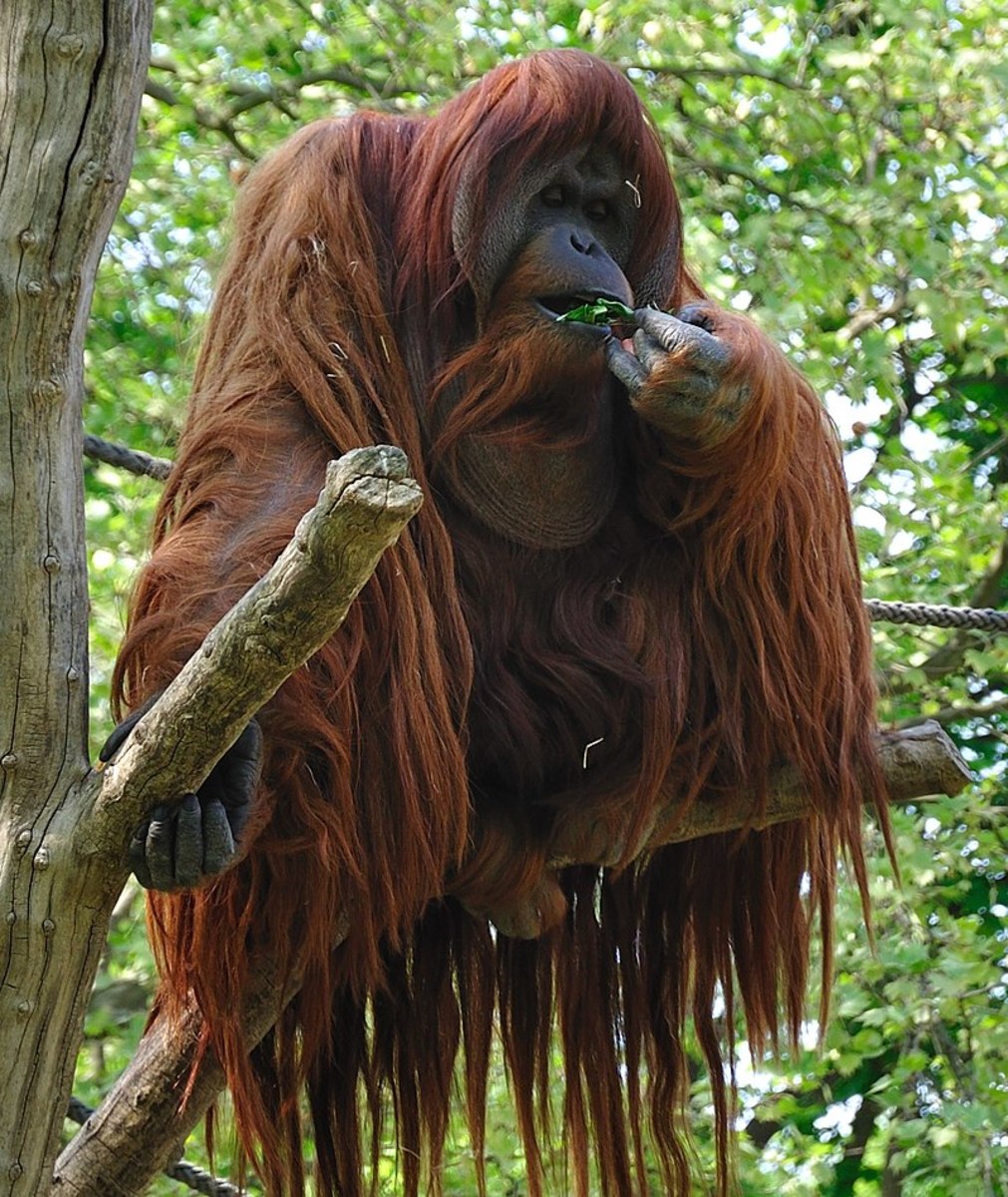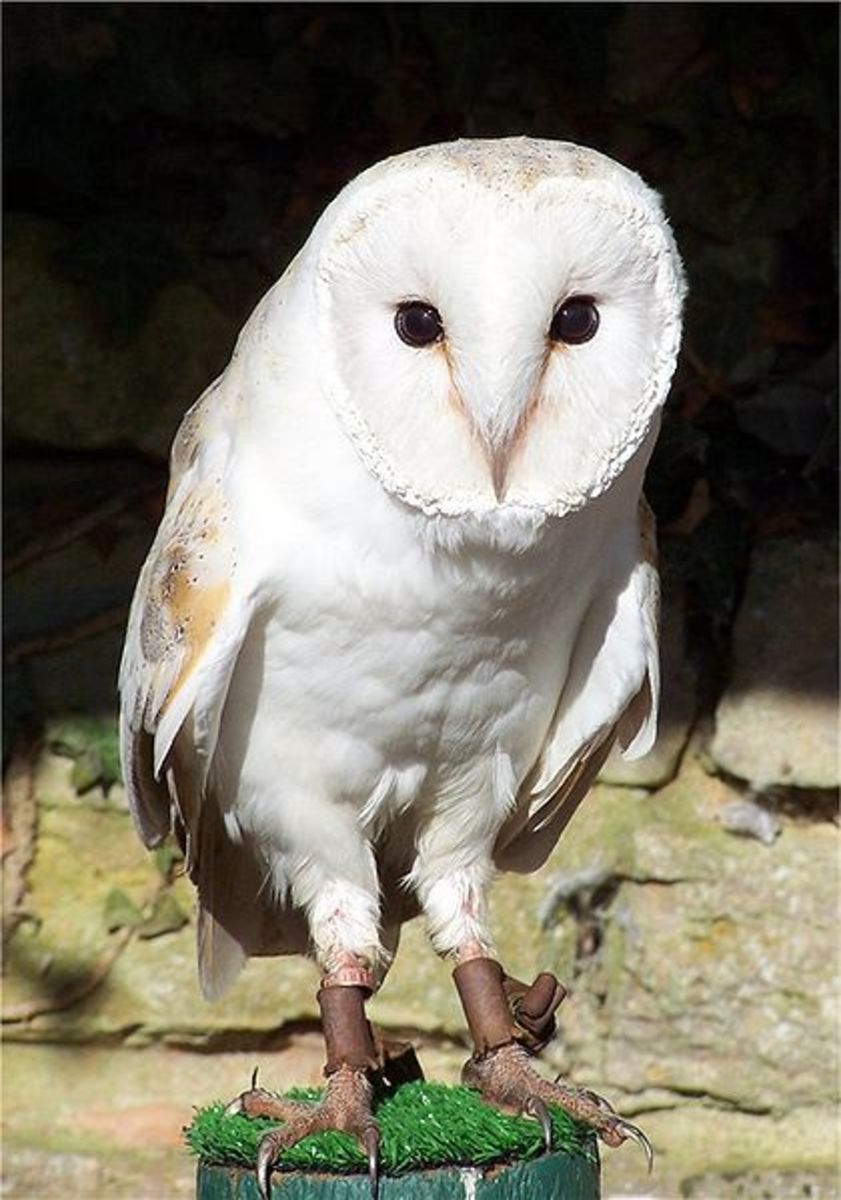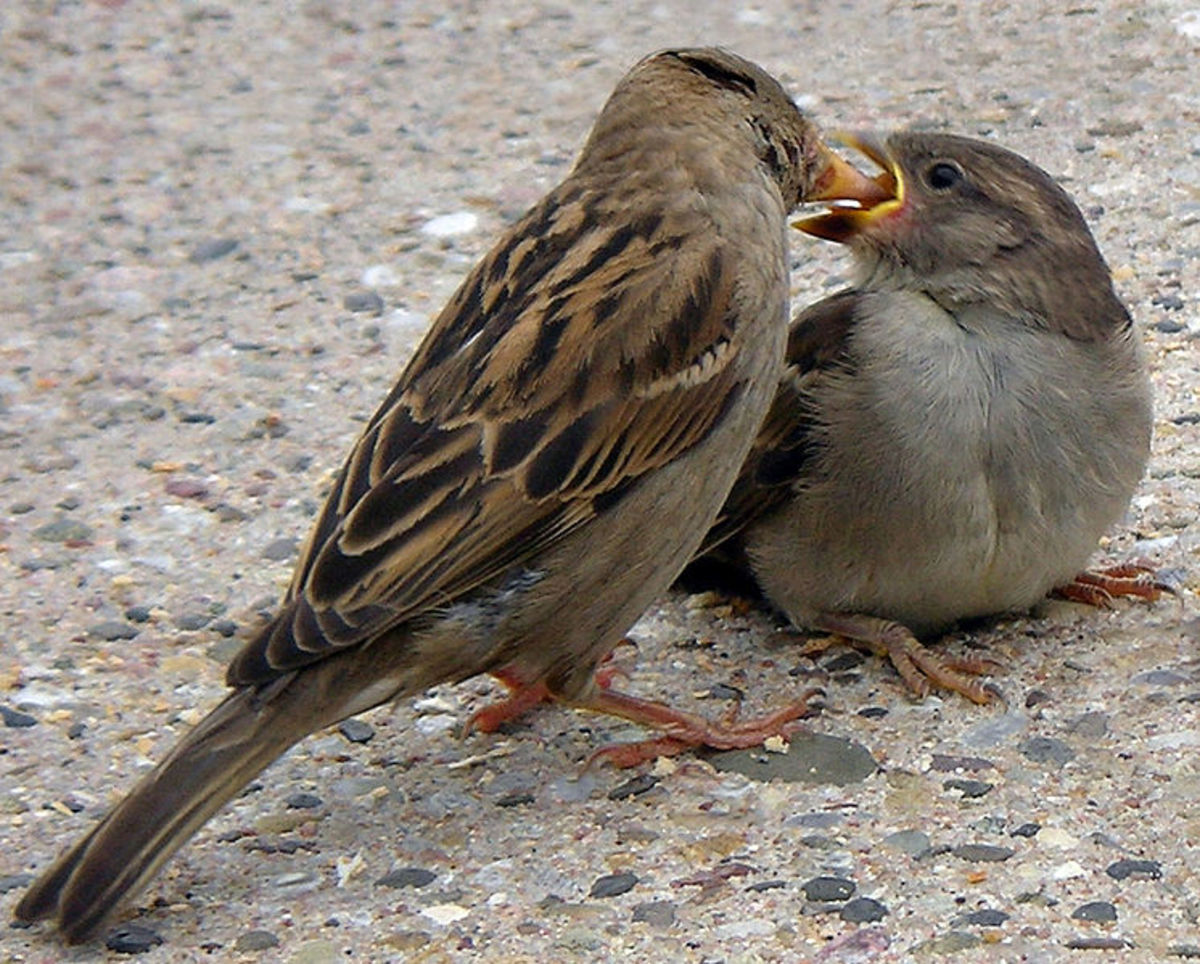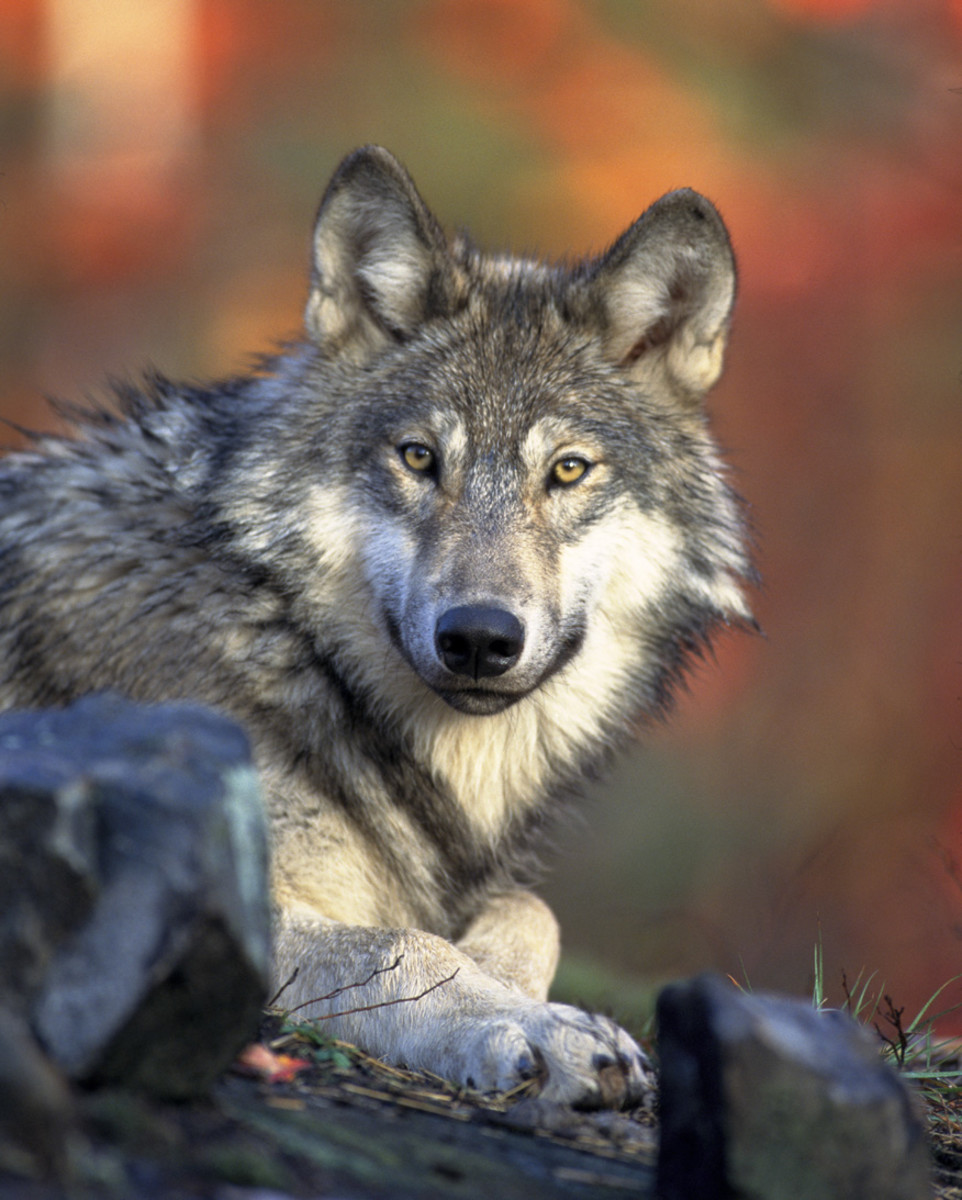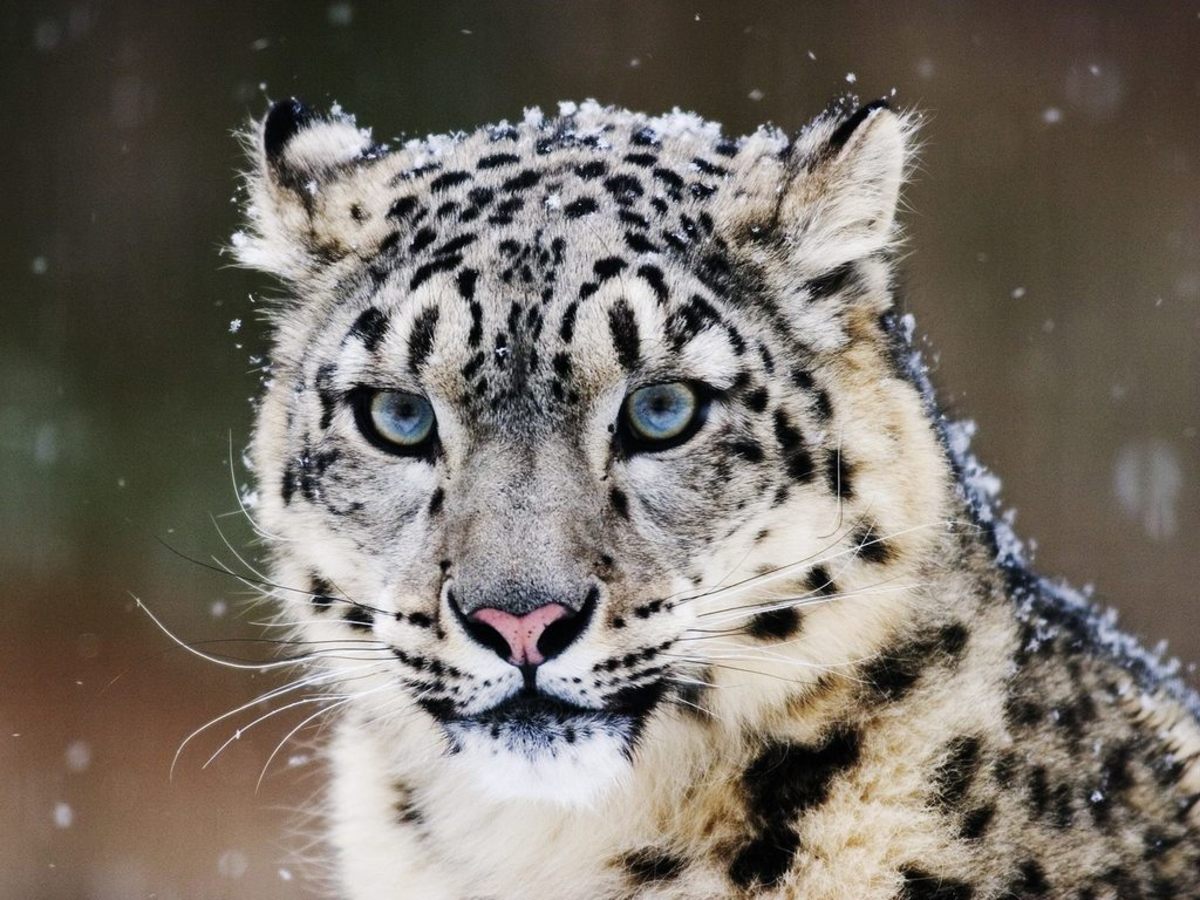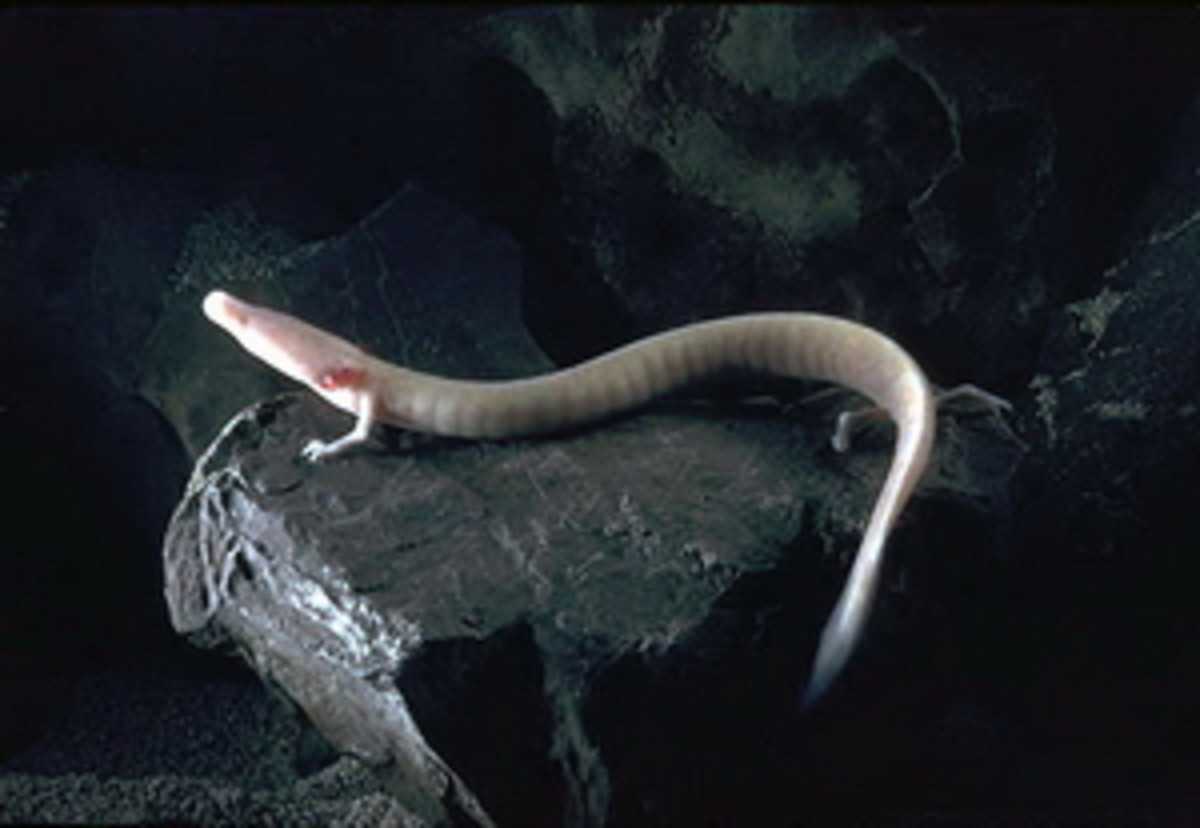- HubPages»
- Education and Science»
- Life Sciences»
- Endangered Species
Maleo: Endangered Species of Bird in Indonesia
The Maleo, Macrocephalon maleo, is endemic to Sulawesi and Buton islands, just east of the Wallace Line in Indonesia. Like other megapodes, a family of about twenty other chicken-like birds, it has big feet and a smallish head.
Megapodes, incubator birds and the Maleo
Megapodes are distinct among birds in that they do not brood the eggs with their body heat. Instead, most species of megapodes build large mounds of decaying leaves and other vegetative matter which creates heat to incubate the eggs. For these attributes they are called mound-builders and incubator birds.
The Maleo, however, is an incubator bird that does not build such mounds. Instead, it digs a pit in sand where the eggs will be incubated by the warmth of volcanic action or the sun.
The Maleo is approximately 55–60 cm long and stocky, with a prominent tail and an unmistakable, bony casque or helmet. This horny cephalon on its crown is similar to that found on cassowaries and most hornbills, though of its own unique shape.
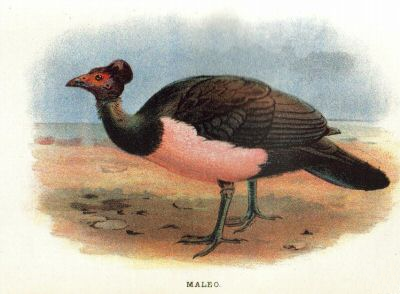
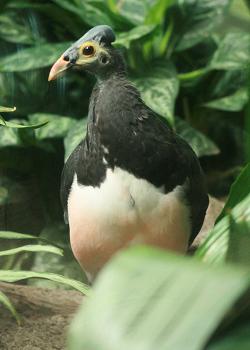
The Maleo is black overall, with a pinkish to light salmon-colored underbody. The head is yellow, with brownish eyes and an orange beak. The legs are blue-gray with long toes that are webbed for digging in sand. The female is slightly smaller and has faded coloring.
Habits and habitat of the Maleo
The Maleo inhabits the hilly forested areas of Sulawesi, but nests in open sandy areas, volcanic soils or beaches that are heated by the sun or by geothermal energy.
It can fly short distances and is active primarily during dawn and twilight hours, with some nocturnal activity.
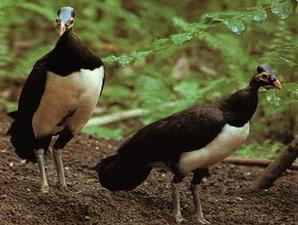
The Maleo is monogamous, and members of a pair stay close to each other all the time. Its diet consists mainly of seeds, fruits, termites, ants, beetles and small invertebrates.
The Maleo is usually silent, except while nesting, when they make braying and quacking noises, among others.

The incubator birds’ nests
The Maleo digs a deep hole for its nest in sandy seashore beaches, lakes and riverbanks that are exposed to solar rays or, alternatively, in soil warmed by geothermal activity.
Nesting sites are communal, which means higher egg counts. This helps to ensure survival of the species, as predators take only what they need to satisfy hunger. This strategy seems to break down as the number of eggs laid at a particular site is reduced due to an increase of introduced predators or the destruction of habitat by humans.
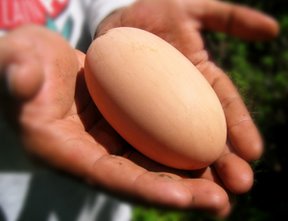
Maleo eggs
The female lays a total of 8–12 eggs over a period of two or three months, which can be year-round, but tends to be during the dry season, and covers them with sand.
The Maleo egg is about five times the size of a chicken egg, nearly two-thirds of which is yolk, and weighs 16% of the female’s body weight.

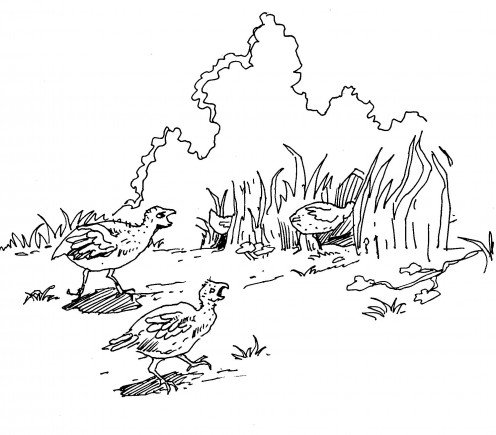
After some two to three months of incubation without any parental attention, the eggs are ready to hatch. Since megapodes have no egg tooth, the chicks must use their sharp toes to kick through the shell. They spend the next two days digging their way, upside down, out of the sand.
Upon hatching, Maleo chicks have feathers, strength and solo independence. They can run, fly, hunt and avoid being hunted themselves.
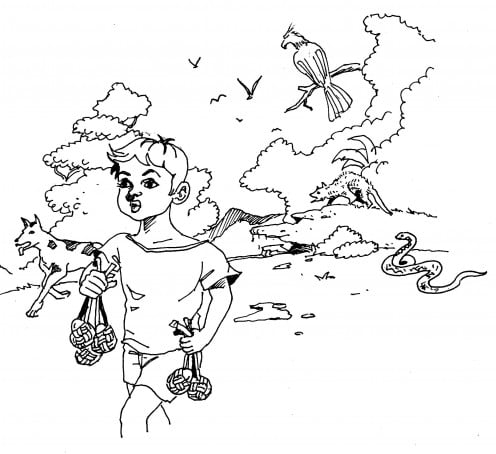
The Maleo is endangered!
The Maleo is one of the most endangered species of Megapode extant. The Indonesian government officially granted it “protected” status in 1972.
Although officially protected, the population continues to decline rapidly. With its already limited range and the communal nature of its nesting grounds, it is vulnerable to concentrated harvesting of eggs and to developmental or incidental destruction of any given nesting site. Each lost site further constricts an already endangered species.
Indeed, about 50 former nesting sites are known to have been abandoned and nearly 100 are threatened to some degree. Only four sites are doing well. An estimated 4,000–7,000 breeding pairs remain in the wild.
In 2009, a group of conservationists in the USA helped the local government purchase a strip of sandy oceanfront beach for Maleos to lay their eggs in peace. There are about 40 nest on this 36 acre beach. Whether the local people honor the birds’ property rights is unknown.
The Alliance for Tompotika Conservation works with local communities in Sulawesi to educate locals about the Maleo’s endangered status and to prevent the harvesting of eggs, a popular delicacy.


